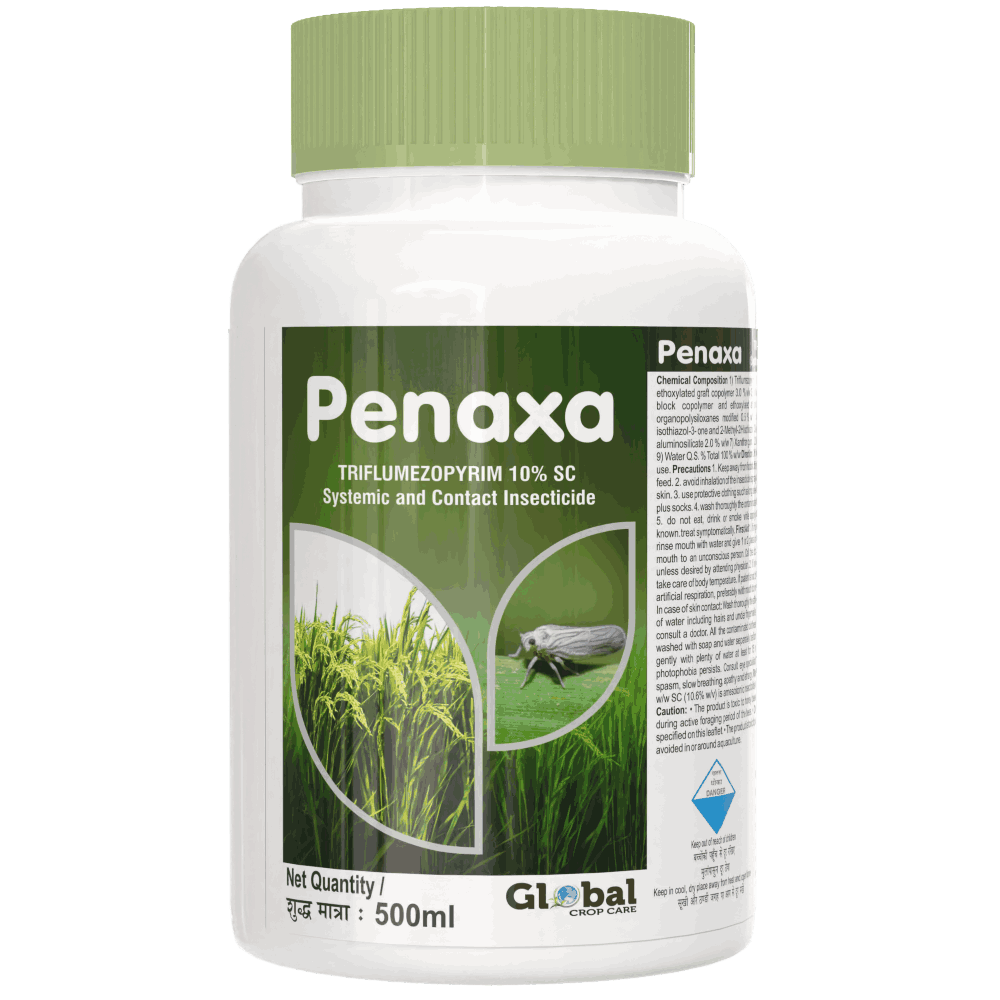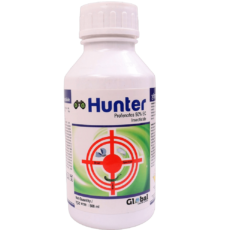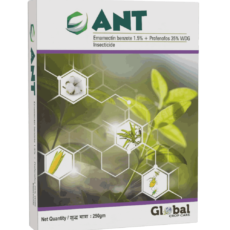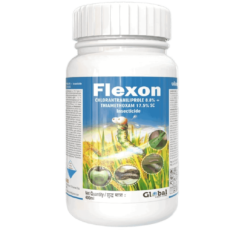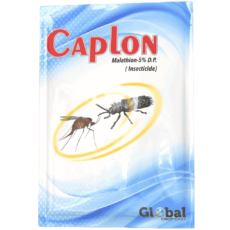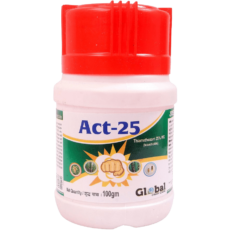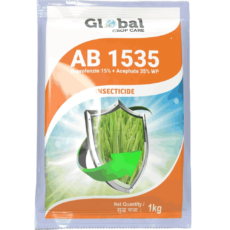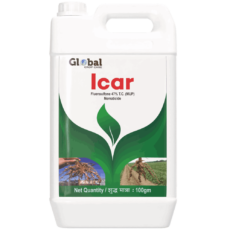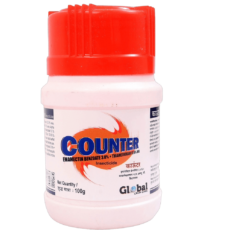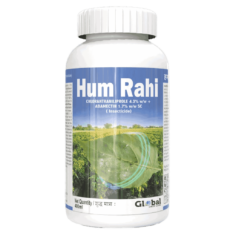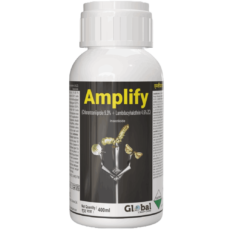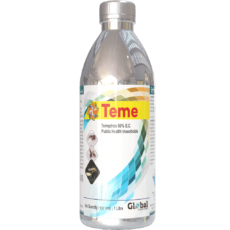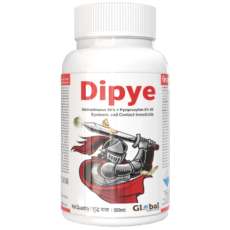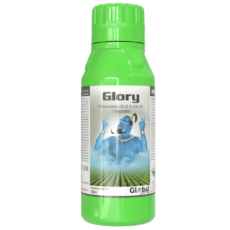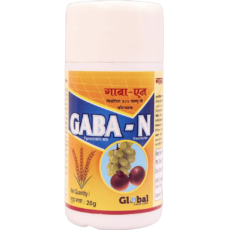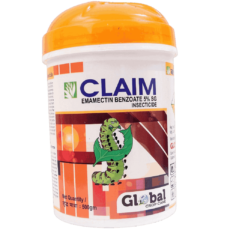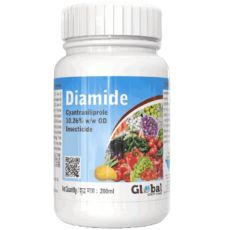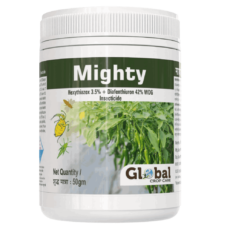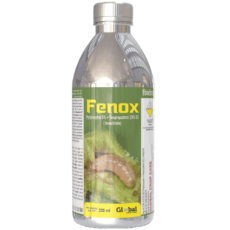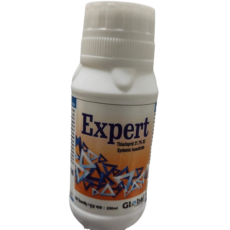Description
| S.No | Crop(s) | Common Name of Pest | Dosage/HA | Dilution in Water (lts) | Waiting Period (days) | |
| AI (gms) | Formulation (gms) | |||||
| 1 | Paddy | Brown Plant Hopper, White Backed Plant Hopper | 25 | 236 | 500 | 21 |
Penaxa is the solution to help visionary rice farmers to achieve their dreams by managing hoppers more effectively. Powered by Pyraxalt active Penaxa encourages farmers to move ahead of the world confidently by leaving their worries behind.
Key Benefit
Best management tool for BPH control.
Penaxa has the following features
- Gives immediate protection- with faster action BPH Stops feeding immediately
- Gives complete hopper protection- Gives effective control of hoppers.
for better results apply pexalon only once at tillering to panicle initiation i.e., 45-60 days after transplanting stage. - Long Duration crontrol- Gives upto 21 days control which is 7-10 days more than the any existing product.
- Favourable environmental profile With the following strengths in pexalon it is the best choice for mnanaging BPH.
Mode of Action
Penaxa belongs to novel mesoionic class.
Formulation designed for maximum coverage of leaf surface.
It is the only product with aACHr desensitiser mode of action
Direction of Use
Method and time of application: The product is to be foliar applied when pest populations reachETL (Economic Threshold Level). Curative applications are not advised.Do not make more than one application percrop season. Do not apply when weather conditions favor drift from treated areas. Spray equipment: Use high volume spraying equipment, such as knapsack sprayerfitted with hollow cone nozzle ensuring thorough and uniform coverage. Instructions for mixing: Fill spray tank ¼ to ½ full of water. Add the insecticide directly to the spray tank and mix thoroughly, to fully disperse the insecticide.Continue agitation using mechanical or hydraulic means. Do not store spray mix solutions for more than three hours. Re-entry period: Do not enter treated areas until spray depositshave dried.
Precaution
1. Keep away from foodstuffs, empty foodstuff containers and animal feed. 2. Avoid inhalation of the insecticide spray mist and contact with mouth, eyes, and skin. 3. Use protective clothing such as long sleeved shirt and long pants, gloves, shoes plus socks. 4. Wash thoroughly the contaminated clothes and body parts after handling. 5. Do not eat, drink or smoke while applying.
Symptoms Of Poisoning
May cause dehydration, spasm, slow breathing, apathy and lethargy.
First Aid
1. If ingested: If person is conscious and alert, rinse mouth with water and give 1 or 2 glass of water to drink. Never give anything by mouth to an unconscious person. Call the doctor. Do not induce vomiting until and unless desired by attending physician. 2. If inhaled: Take the patient to fresh air and take care of body temperature. If patient is not breathing or breathing with difficulty, give artificial respiration, preferably with mouth to mouth breathing. Consult a physician. 3. In case of skin contact: Wash thoroughly the affected part of body with soap and plenty of water including hairs and under fingernails. If pain, redness or irritation persists, consult a doctor. All the contaminated clothes should be segregated and thoroughly washed with soap and water separately before use. 4. In case of eye contact: Rinse gently with plenty of water at least for 15 minutes. If pain, irritation, redness or photophobia persists. Consult eye specialist.
Phytotoxicity
–
Antidote
No specific antidote is known.Treat symptomatically.

